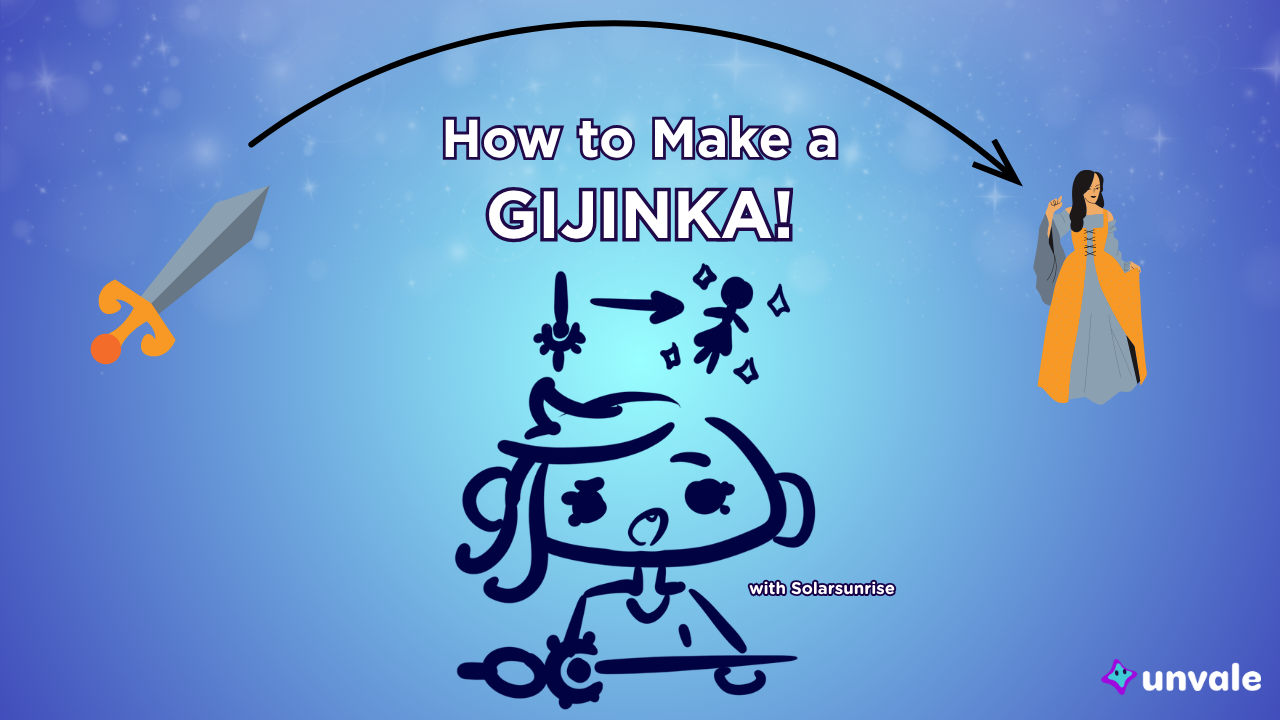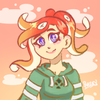How to Make a Gijinka

If you’re reading this around the release of the article, then you might have heard about the recent popular dating simulator game Date Everything; boasting popular and well known voice actors, this game lets you date gijinkas of household objects. Taking a look at the character designs will help you understand what a gijinka is:
- A gijinka is a human version of an object.
Of course, any seasoned furry would tell you that gijinkas can also be furries; and if you’re a fan of Pokémon, you’d know that they are also commonly made into gijinkas too.
If you know me, then you probably know that one of the biggest projects I’ve done on Unvale was creating over one hundred unique gijinkas based off of weapons from the popular gacha game Genshin Impact. So, maybe I’m a bit biased but I think I’m uniquely qualified to help you become a fantastic gijinka designer!
(As a note, many of the links within this piece are my own work and are being used as visual examples. If you’re not interested in looking at gijinkas and just want to get started with making your own, I’d recommend skipping the links.)
The big number one thing you need to do when making a gijinka is making sure that:
- A gijinka must be recognizable when placed next to its original.
The reason why I say “placed next to its original” and not “as its original” is because if you want to create something casual or cute from something that would look more recognizable as armour, you need to take more artistic liberties. Personally, one of my main struggles with my collection was what to do with a greatsword blade, and it usually ended up being a panel of a dress pattern. While functional, if you aren’t looking to create an elaborate dress for your gijinka character, there’s a certain amount of rethinking and resketching that needs to be done to really nail what you’re looking for.
Although, if you want to go wild and create something completely unique that’s only inspired by the thing you’re using, that's okay too! It may not be a ‘gijinka’, but you still created something amazing and that’s always a win.
Sometimes trying to keep the design recognizable or similar to the original can majorly hinder the design, especially when it’s quite simple or very complex. As an example, compare these three designs:
- The first, which is based on what’s essentially a copper pipe with gauges attached, was very simple which led to a more simplistic design. In cases like these, it’s best to consider what elements you can repeat, or add to your character.
- The second, which is based on a fancy bow, is what I’d consider over-designed to the point of not knowing what the functionality of some of the costume pieces are. In cases like these, it’s good to step back and reconsider the outfit as a costume, rather than a gijinka.
- The third, I’d say, is a proper balance and is recognizable and functional. It’s based off of a magical crystal.
(If you want to see what each character is based on, search the name up!)
This is more of a tip than a rule, but I found this to be the main thing that helps me design gijinkas. When you look at an object, try to abstract it and imagine what individual pieces might function as when made into an outfit. Perhaps something reminds you of a scarf, so you start with that piece as a scarf; but here are some examples!
- Use teeth of a creature or a chainsaw as a zipper
- Make tattoos or markings out of patterns
- Use hanging bits or beads to create hanging earrings
- Add woodgrain from wooden items to texture hair or clothing
- Make use of patterns from the object to create embroidered or patterned clothing
- Bring parts of the item into the hair and other non-clothing parts of the character
If you have access to a digital art tablet or simply a printer and scissors, I’d highly recommend taking a photo of the object and cutting it up and placing it on a character base. If you feel a bit embarrassed about working with a direct reference like this, don’t be; this is actually what I do too! Some artists (like myself) struggle to visually imagine things, and creating a physical canvas to play with ideas is highly useful. Sometimes a piece you thought might work as a sleeve ends up becoming a shoe instead because you tried moving it and it looks right.
As a final note, I’d highly recommend making gijinkas of things you enjoy or like. This could be anything from plushies you’ve cherished since childhood, to monsters from mythology, to over-designed swords from a gacha game (okay okay, I’ll stop talking about me now!). Things that are important and cool to you often come out looking the best, and the more of your personality you infuse into your art, the cooler it’ll be!
Here’s Unvale’s Gijinka tag to look for inspiration from other amazing artists!
Alright, it’s time to get creative! Your next OC could be right around the corner… literally! It could be your chair! Or your phone! Or that mysterious stain on your wall… the possibilities are endless, so get to it!

